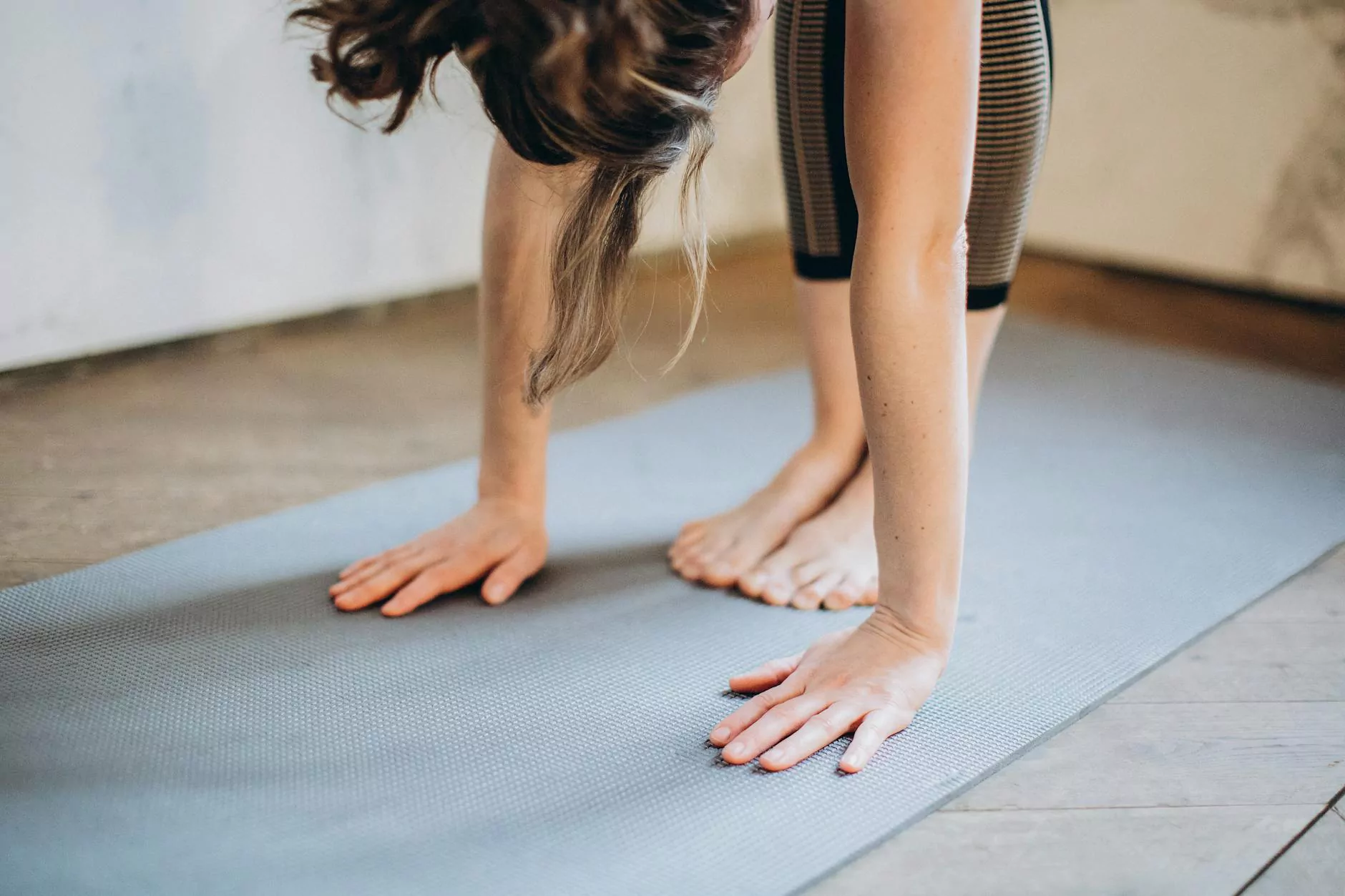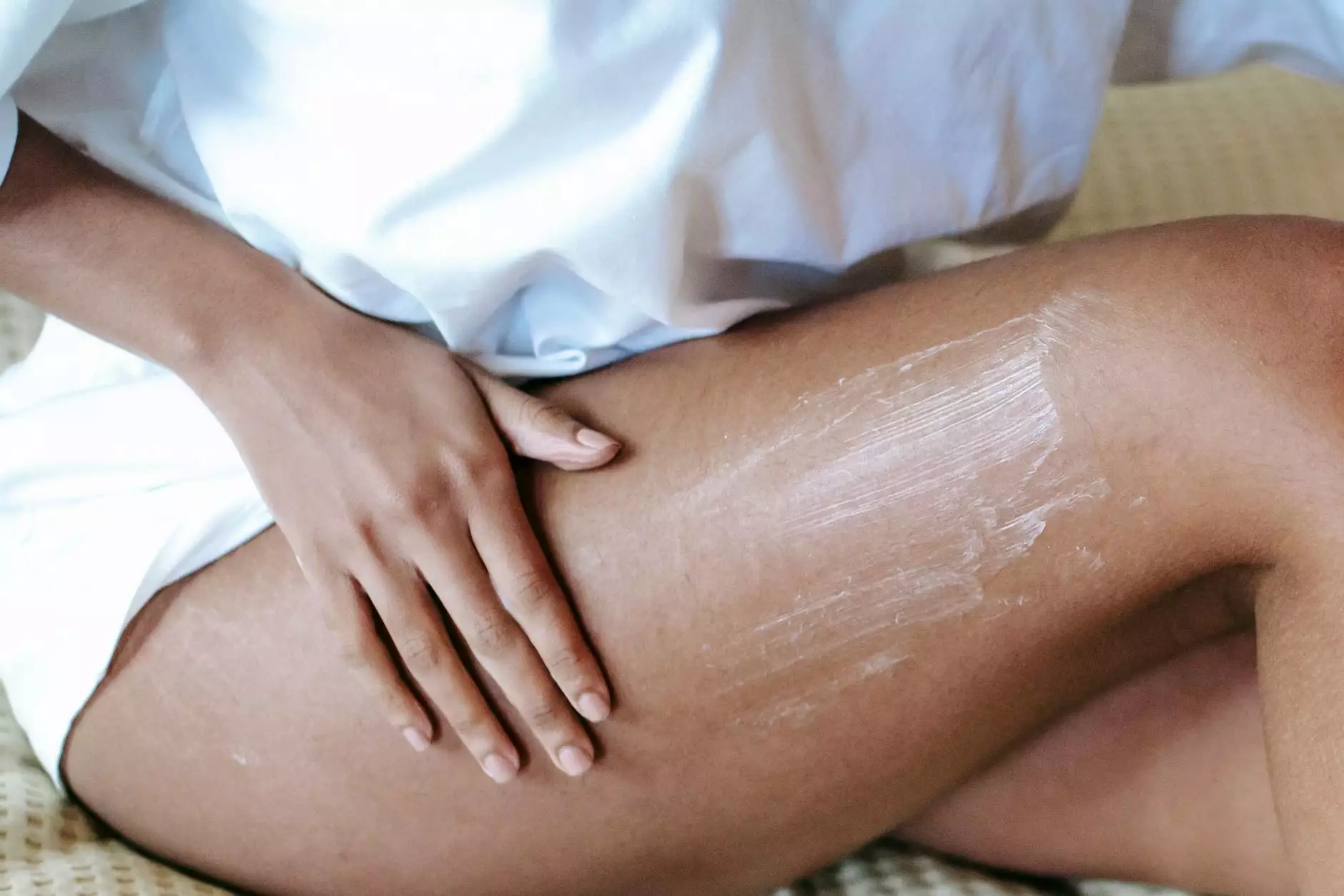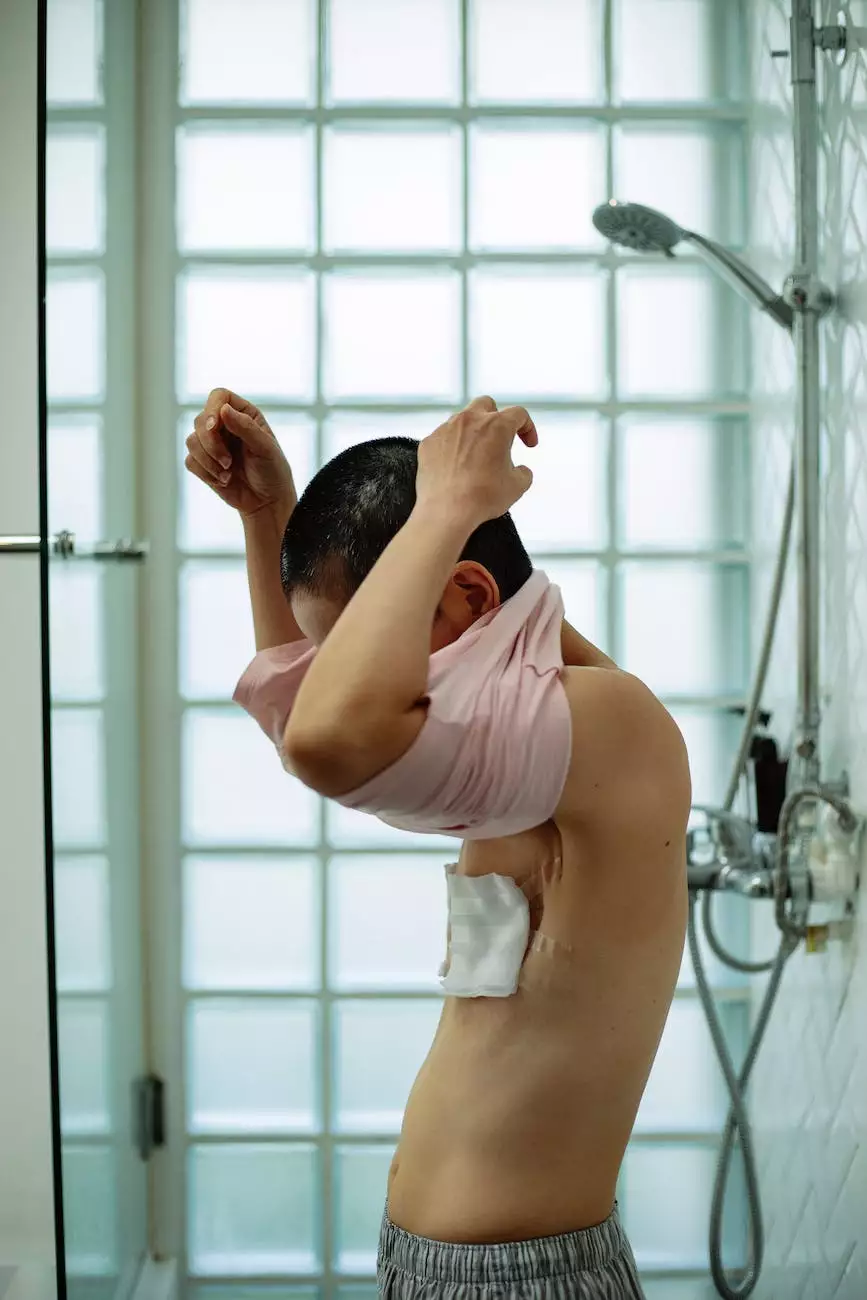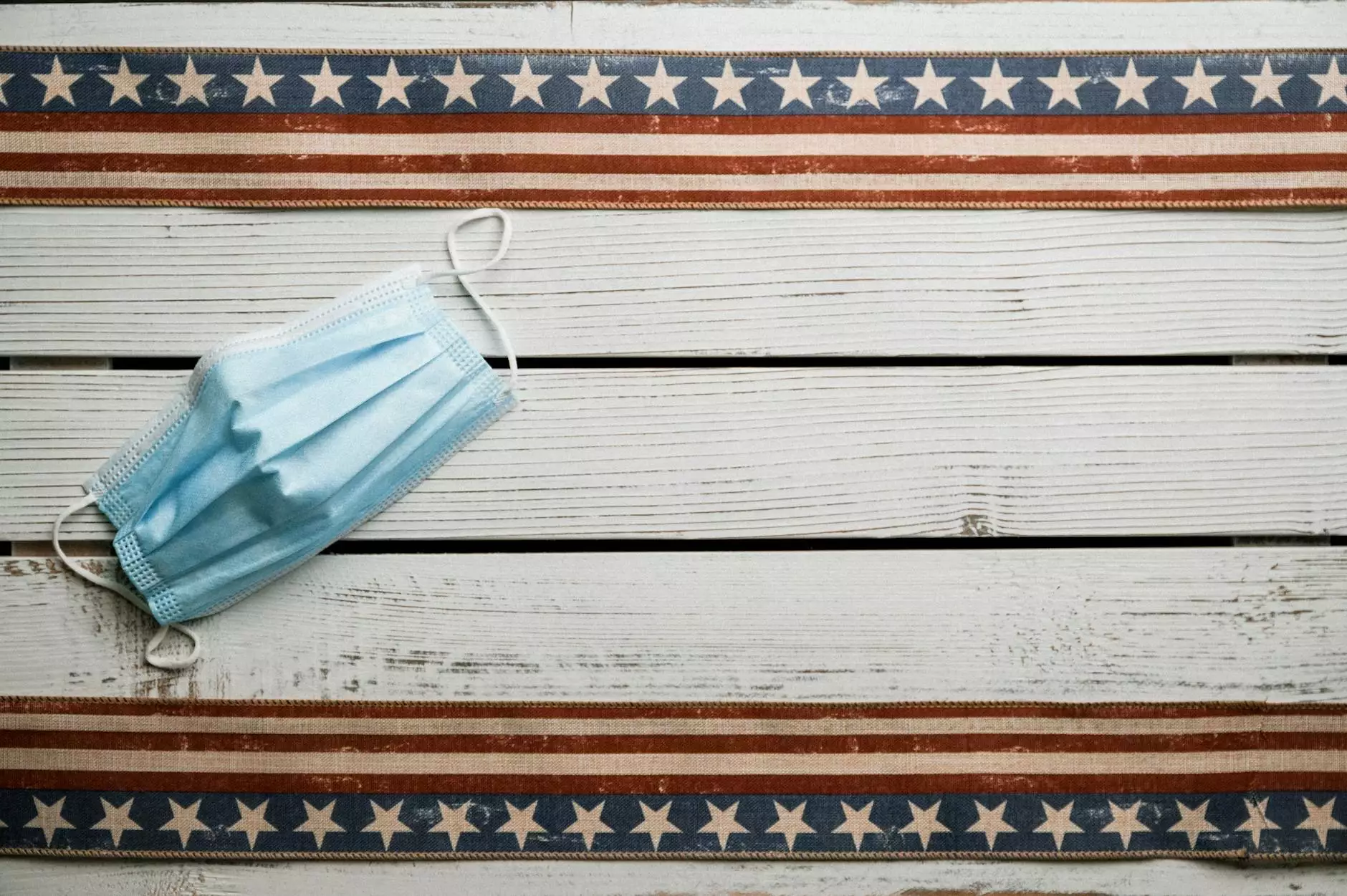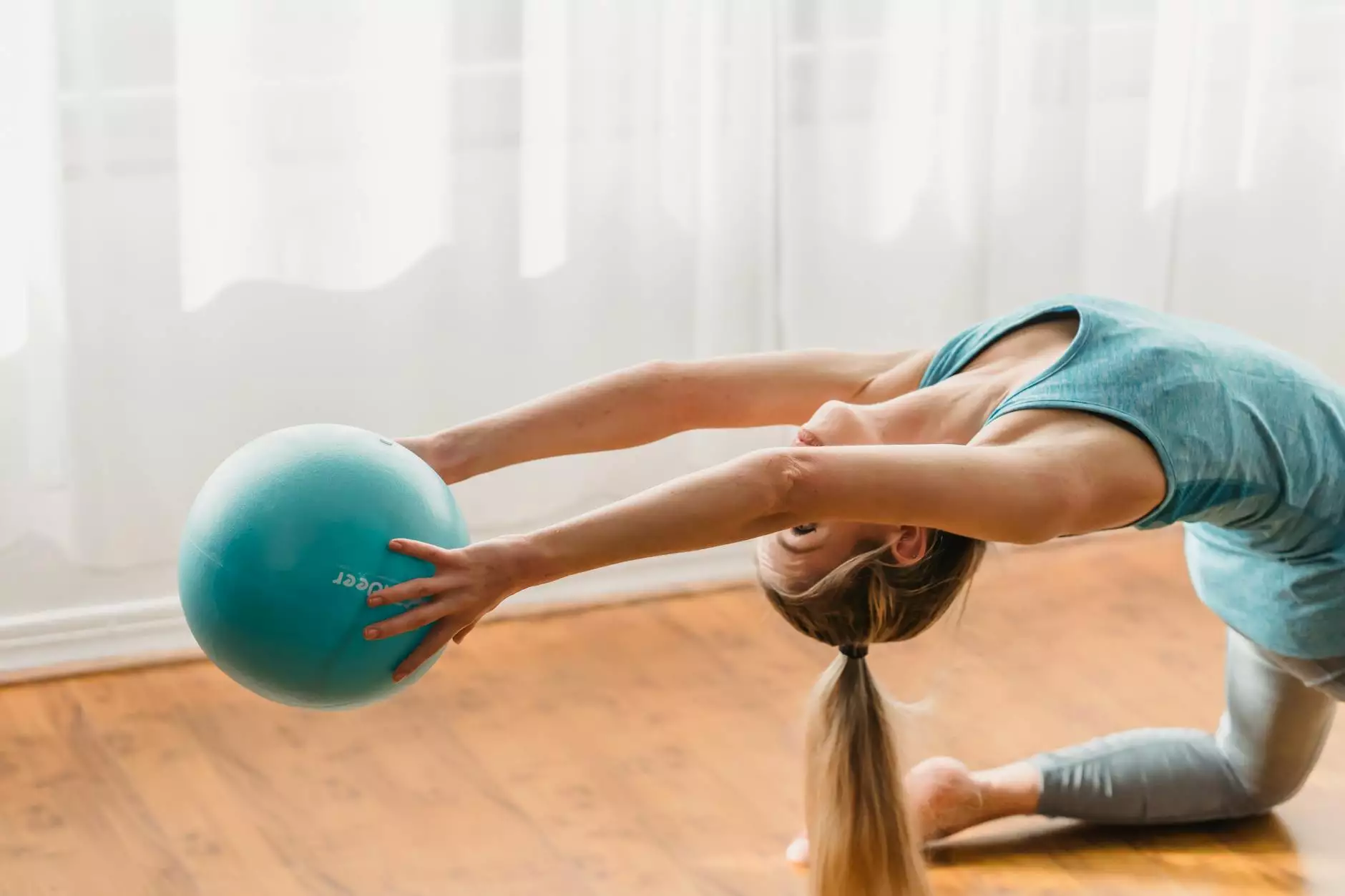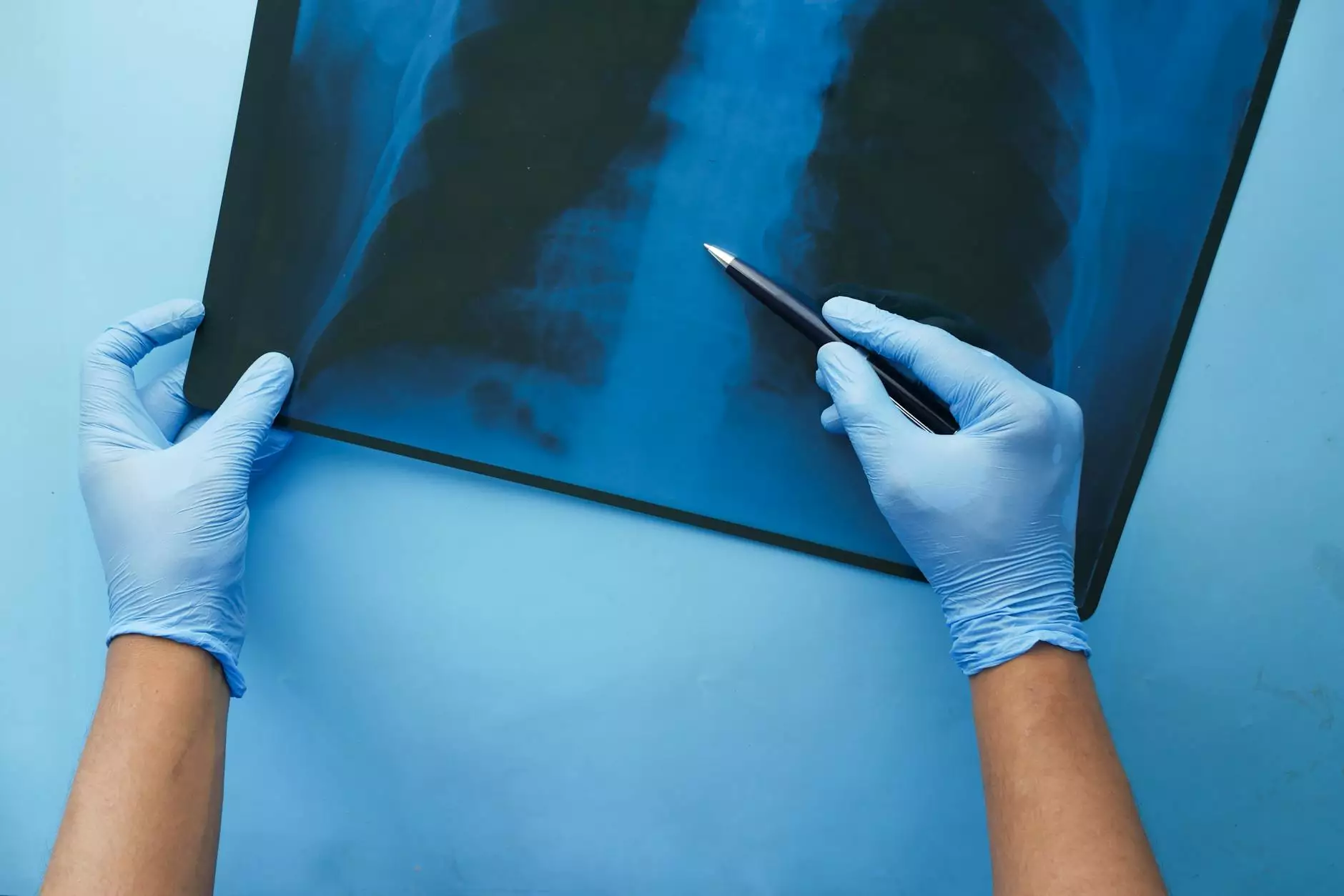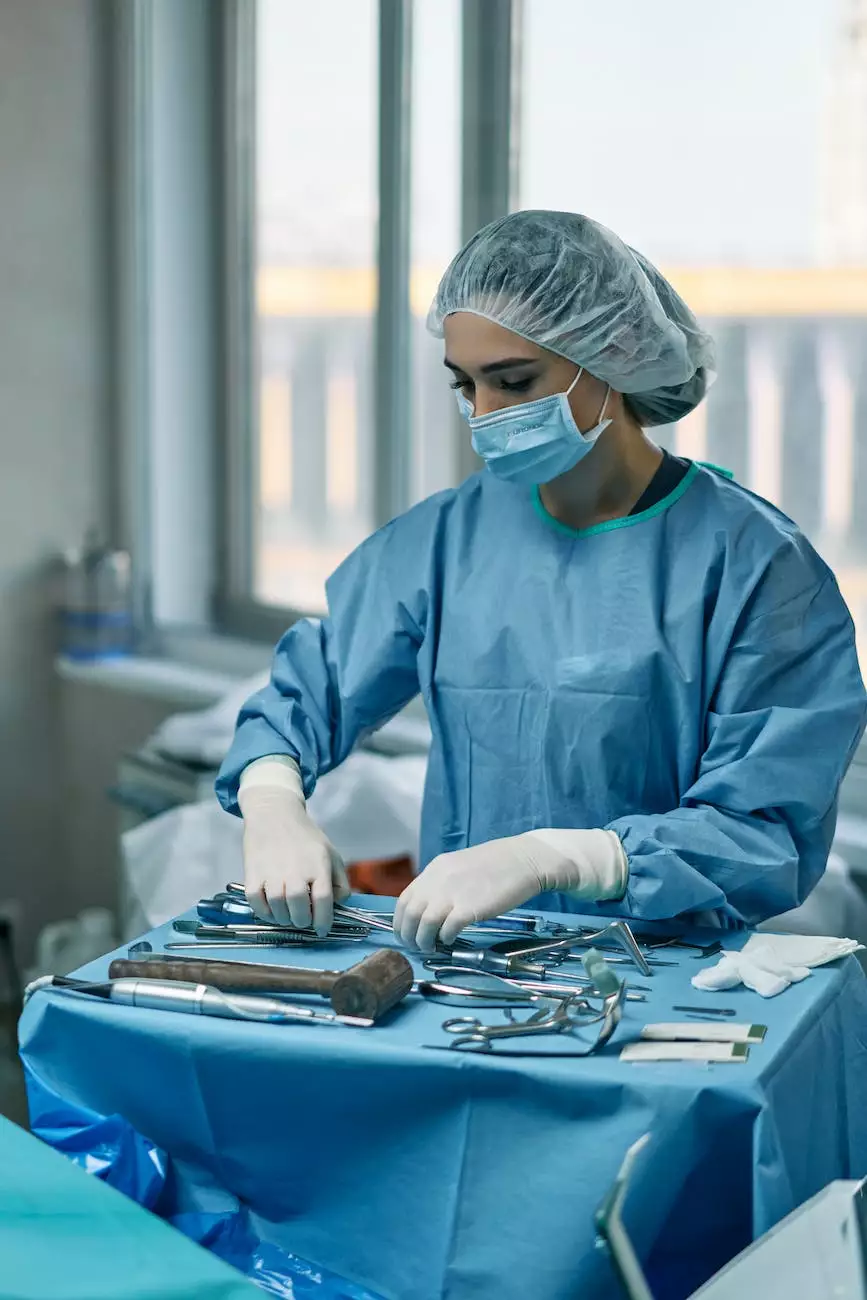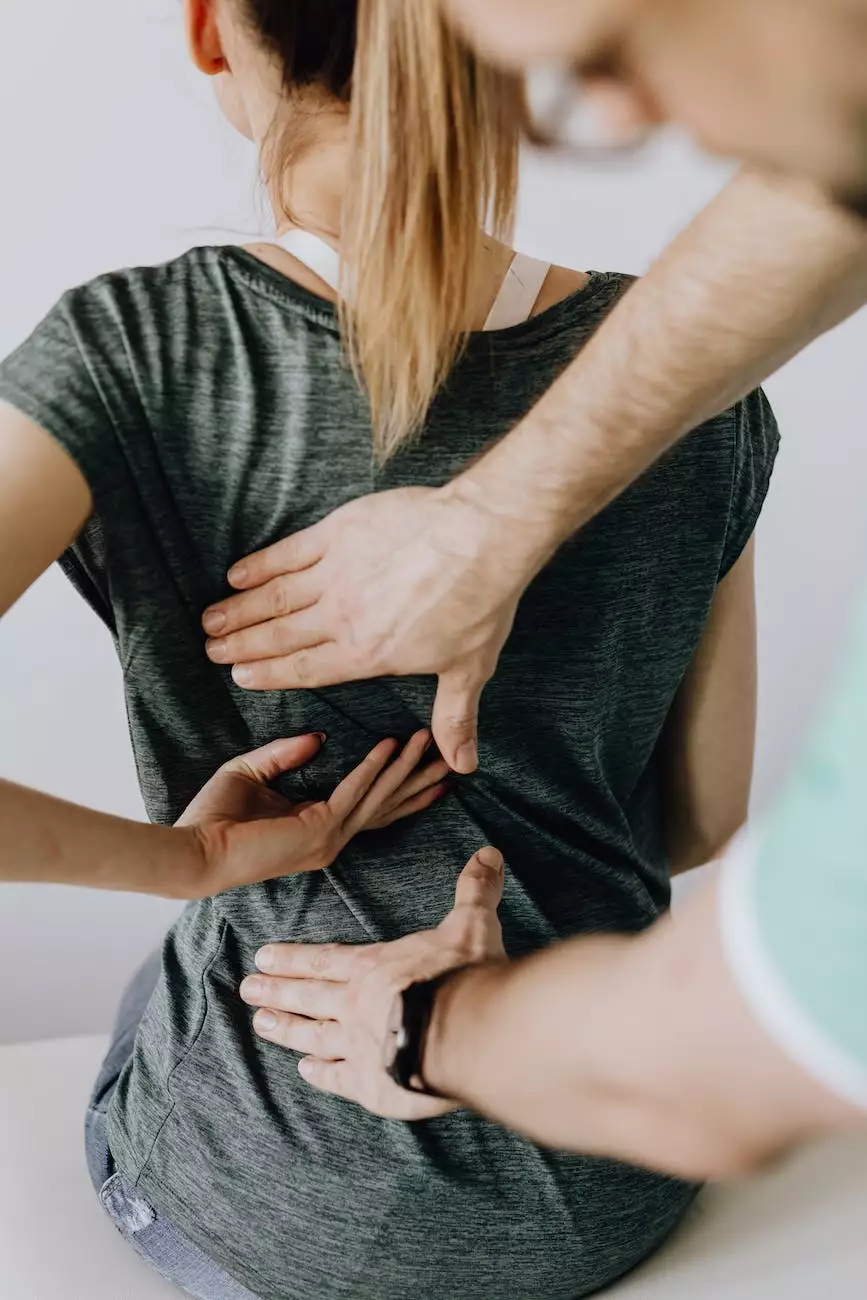Don't Let Golfer's Elbow Keep You off the Green
Physical Therapy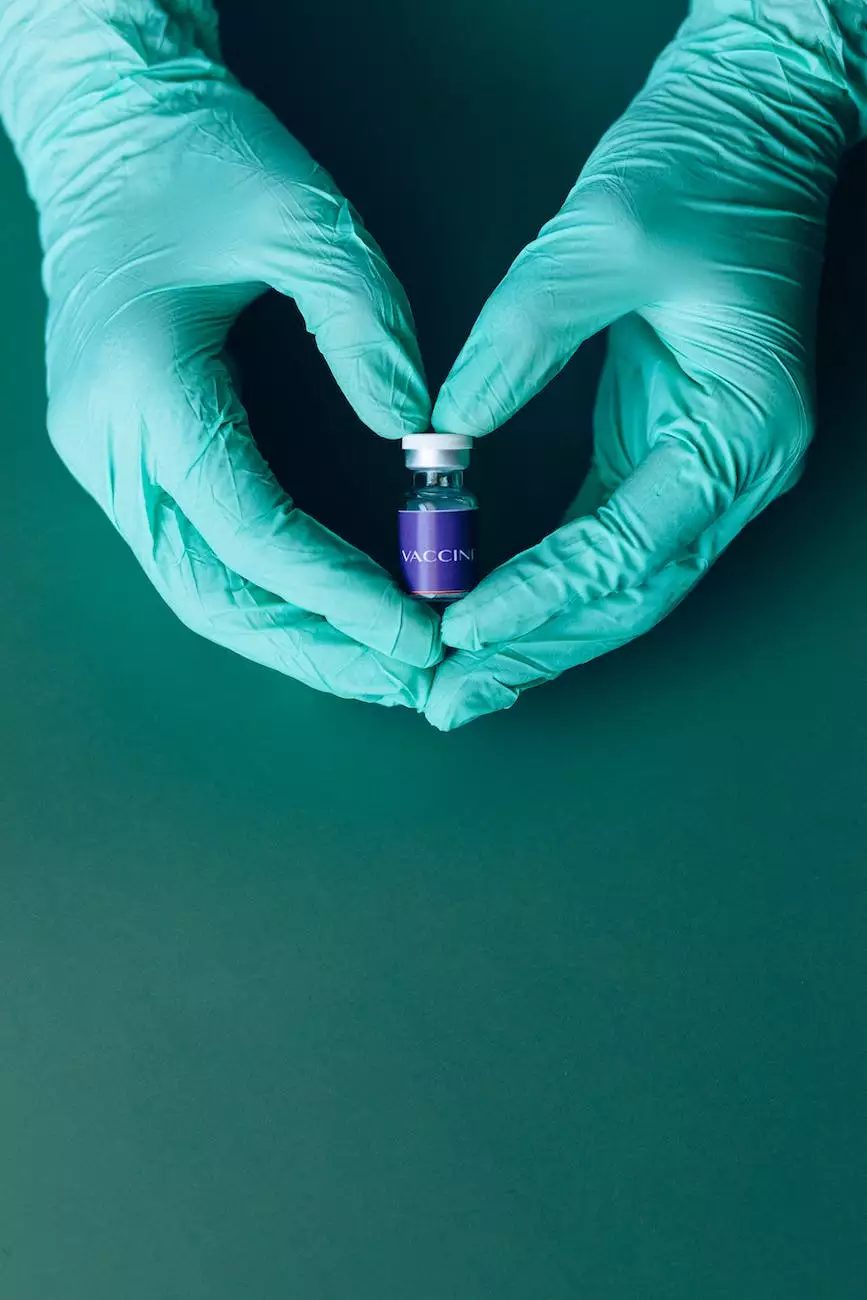
Understanding Golfer's Elbow
Golfer's elbow, also known as medial epicondylitis, is a common condition that affects the tendons on the inside of your elbow. Despite its name, golfer's elbow can occur in individuals who don't play golf. It can be caused by repetitive movements and overuse of the forearm muscles, leading to pain and discomfort.
Preventing Golfer's Elbow
Whether you're an avid golfer or participate in any activity that puts strain on your elbow, taking preventive measures can help reduce the risk of developing golfer's elbow. Here are some tips to keep you off the green:
1. Warm-up and Stretch
Prior to any physical activity, it's essential to warm up your muscles and stretch properly. Begin with gentle exercises that target the muscles in your forearm and gradually increase the intensity. This will help prepare your tendons and muscles for the strain they will endure.
2. Improve Your Technique
If you're a golfer, seek professional guidance to improve your swing technique. Proper form and posture can significantly reduce the stress on your elbow joint. Be mindful of your grip and avoid excessive wrist movement, which can put additional strain on the tendons.
3. Use Proper Equipment
Ensure that your golf clubs or other sports equipment are well-suited to your body mechanics. Using the wrong equipment or ill-fitting gear can contribute to the development of golfer's elbow. Consult with a professional to determine the right fit for you.
Treating Golfer's Elbow
If you're already experiencing symptoms of golfer's elbow, there are several treatments and self-care techniques that can help alleviate pain and promote healing. It's important to consult with a healthcare professional for a proper diagnosis and personalized treatment plan. Here are some common treatment options:
1. Rest and Ice
Resting the affected arm and applying ice packs can help reduce inflammation and alleviate pain. Take a break from activities that aggravate your symptoms and apply ice for 15-20 minutes several times a day.
2. Physical Therapy
Physical therapy exercises focusing on strengthening the forearm muscles and improving flexibility can aid in the recovery process. A qualified therapist can design a customized program to target your specific needs.
3. Medications and Injections
Over-the-counter pain medications, such as nonsteroidal anti-inflammatory drugs (NSAIDs), may provide temporary relief. In some cases, your doctor may recommend corticosteroid injections to reduce inflammation and pain.
Expert Care at Bowling Orthopaedics
At Bowling Orthopaedics, we specialize in the diagnosis and treatment of musculoskeletal conditions, including golfer's elbow. Our experienced team of orthopaedic specialists is dedicated to providing personalized care tailored to your unique needs.
If you're struggling with golfer's elbow, don't let it keep you off the green. Contact Bowling Orthopaedics today to schedule an appointment and take the first step towards a pain-free and improved golf game.

